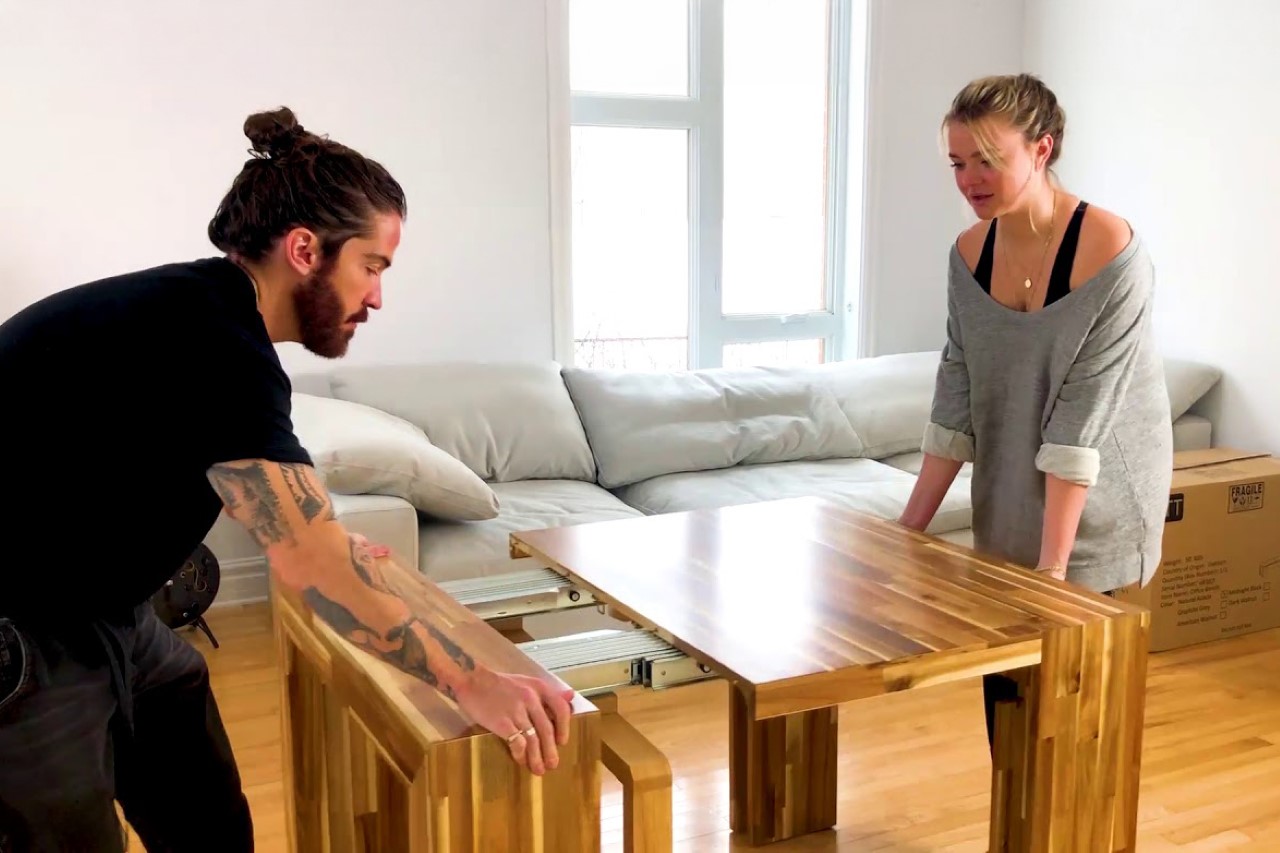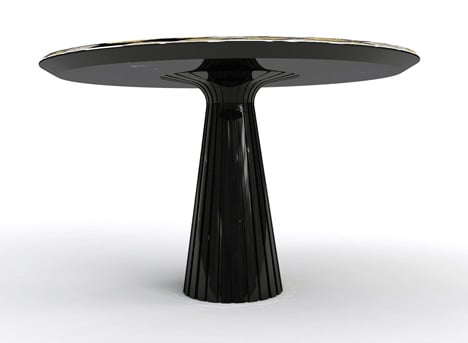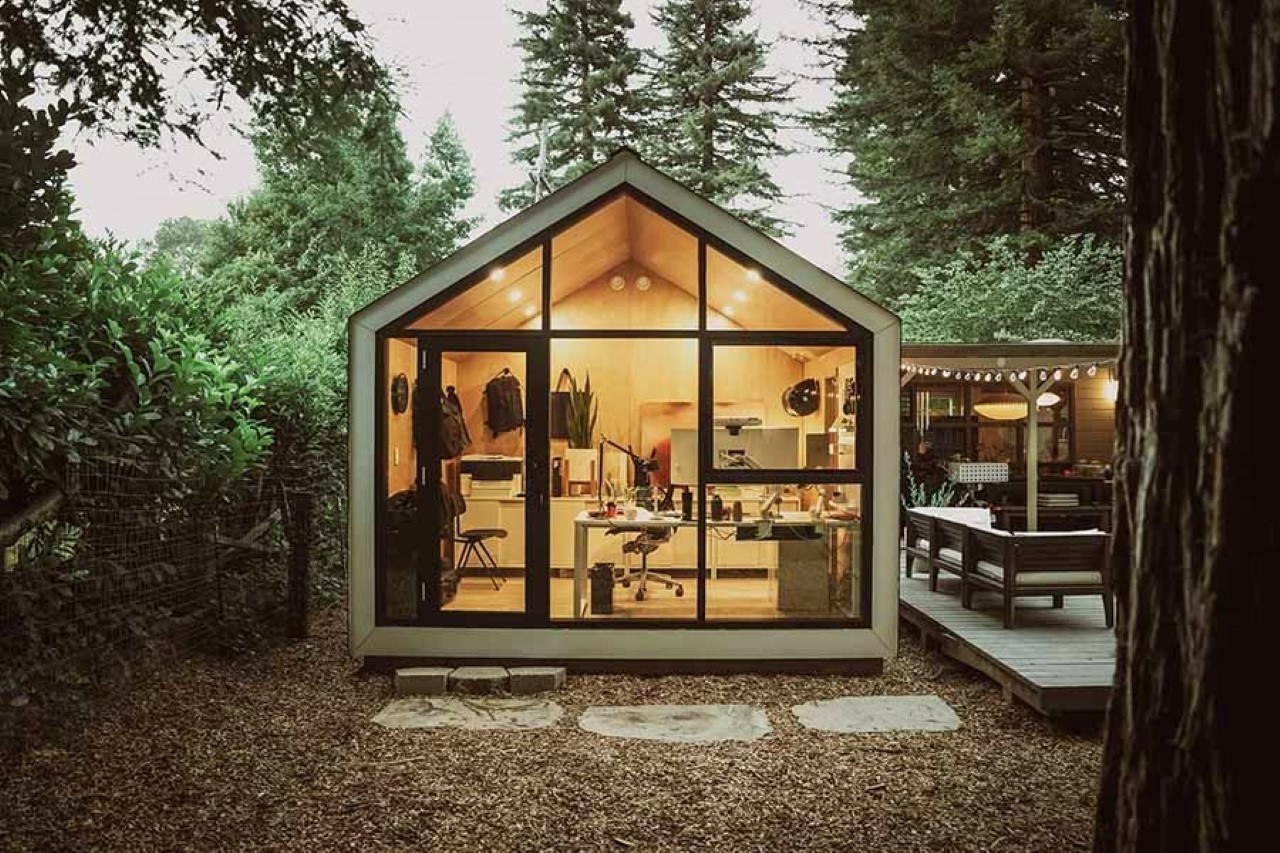
Moving into a tiny home represents more than just a change in living space; it’s a lifestyle transformation. The idea of downsizing can be both thrilling and daunting. For design enthusiasts and those committed to creative living, this process provides a unique opportunity to curate a space that’s both functional and beautiful. Drawing from experience and expertise, this guide delves into practical, design-forward strategies to help you declutter effectively and thoughtfully.
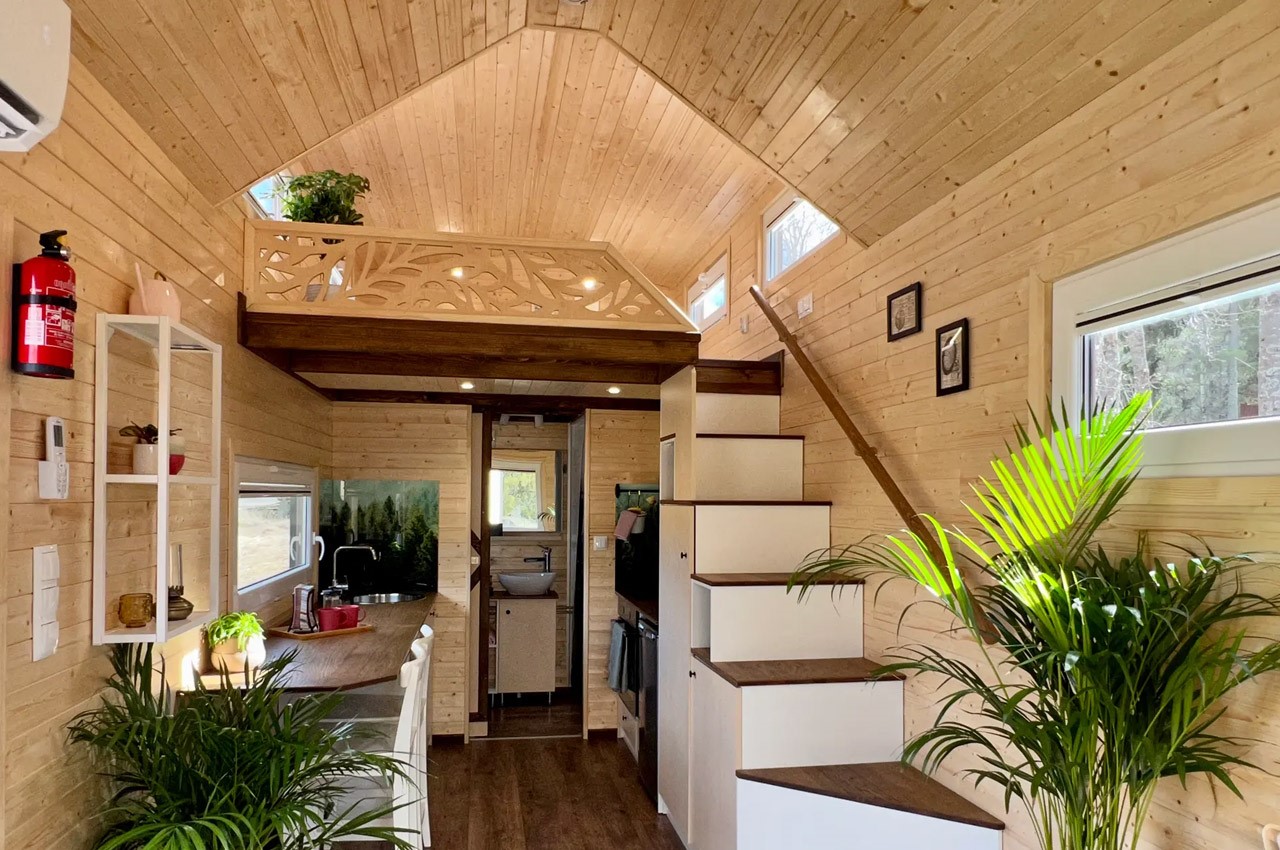
01. Start with Intention
Downsizing requires a mindful approach, especially when transitioning to a tiny home. Begin by envisioning how you want your new space to function and feel. Prioritize elements that serve dual purposes and contribute to your desired ambiance. This step sets a clear direction and makes the decluttering process more manageable.
For instance, consider the role of each item in your home. Does it serve a functional purpose? Does it add aesthetic value? Items that meet both criteria should be prioritized. This intentionality helps in creating a space that’s not just smaller but more curated and harmonious. An intentional design mindset ensures that every piece in your tiny home adds to the overall quality of life, making your new living environment both efficient and inspiring.
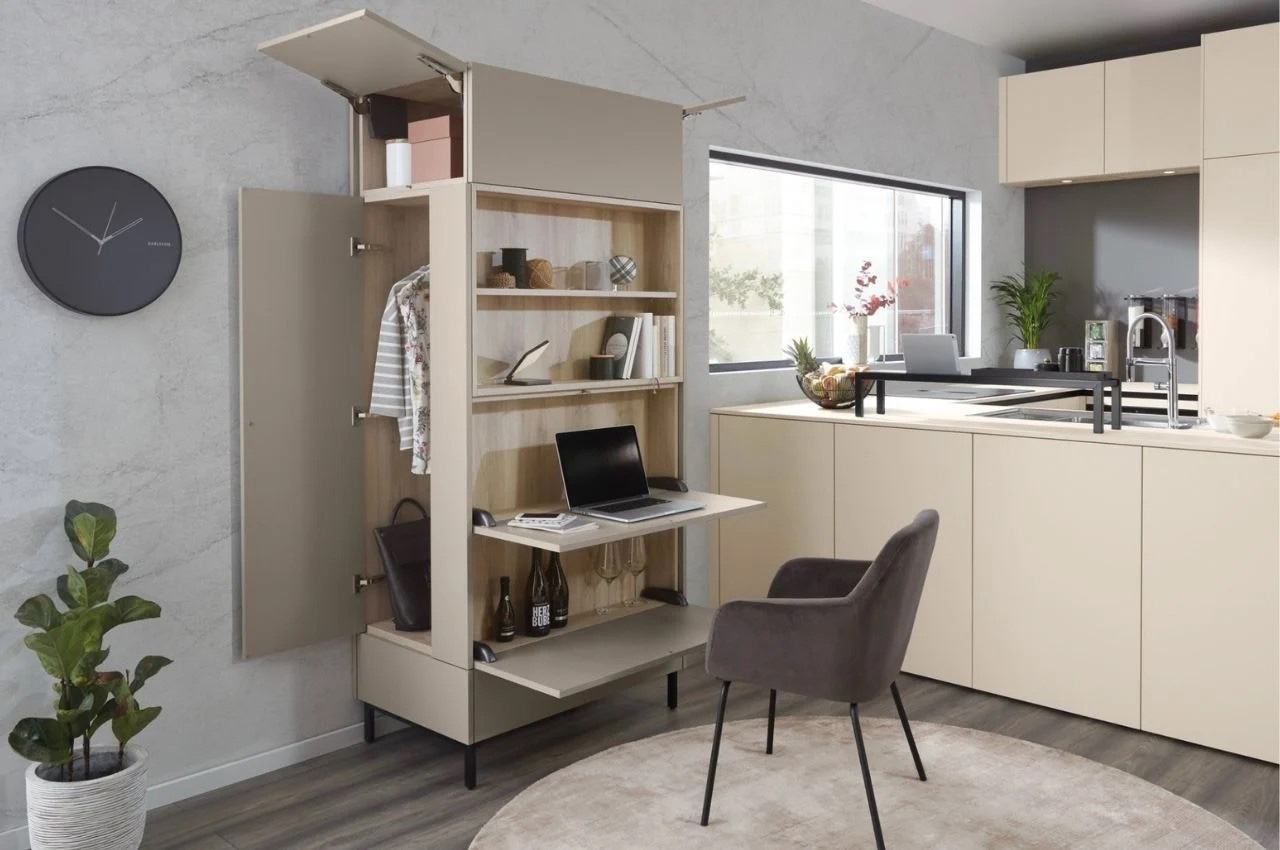
02. Embrace Multi-Functional Furniture
In a tiny home, every piece of furniture must work hard. Multi-functional furniture is key to maximizing limited space without sacrificing comfort or style. Look for pieces that offer multiple uses, such as a sofa bed, a fold-out desk, or a dining table with built-in storage.
A great example is the use of a Murphy bed, which folds up against the wall when not in use, freeing up valuable floor space. Similarly, ottomans with hidden storage compartments can serve as seating, storage, and even a coffee table. These smart solutions allow you to maintain a clean, uncluttered space while still having all the functionality you need.
The beauty of multi-functional furniture lies in its ability to adapt to your needs. By investing in these versatile pieces, you create a dynamic living environment where each item plays a crucial role in enhancing your space’s usability and aesthetic appeal.
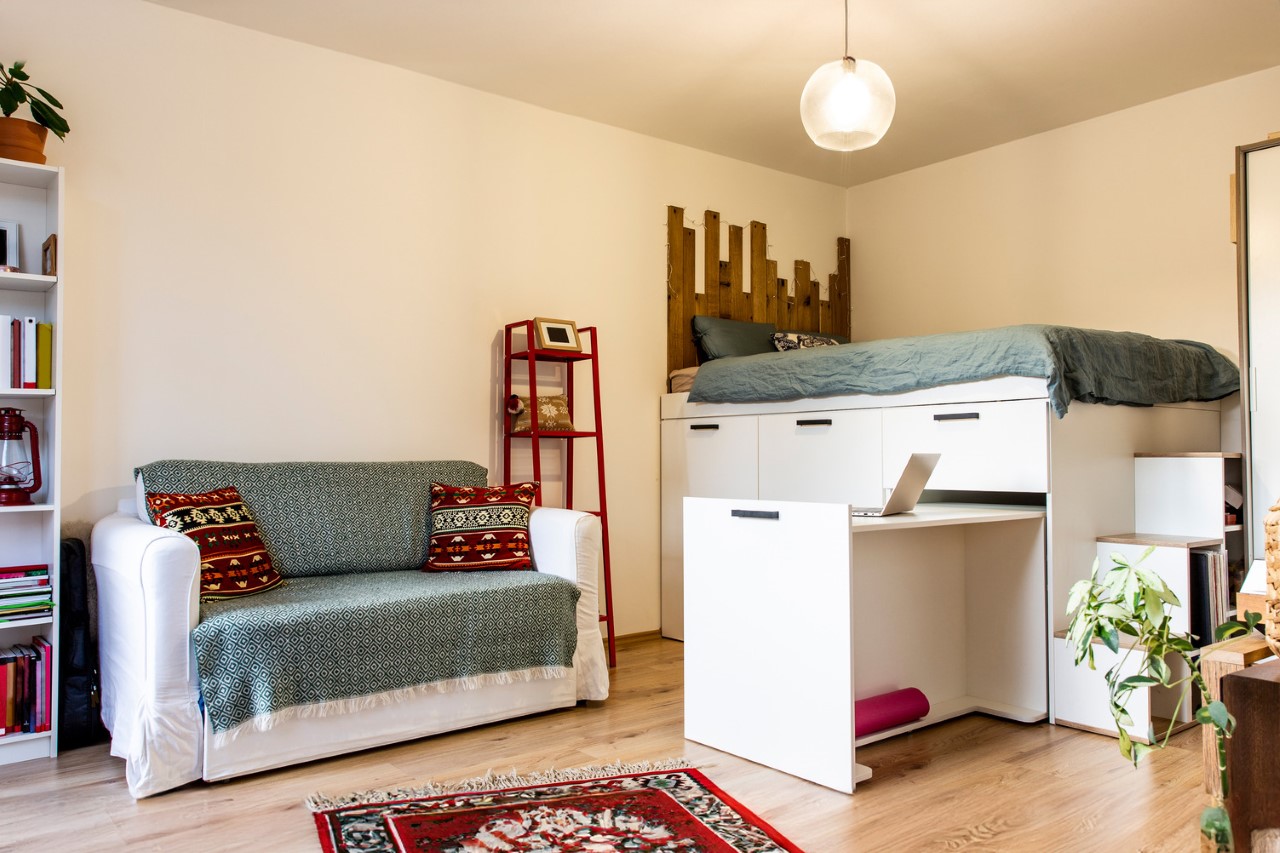
03. Incorporate Built-In Storage
Built-in storage solutions are a tiny home’s best friend. They help keep the space organized and clutter-free, ensuring that everything has its place. Custom built-ins can be integrated into walls, stairs, and even furniture, providing seamless storage options that don’t intrude on your living area.
Consider installing built-in shelves in nooks and crannies that would otherwise go unused. Staircases can double as drawers, and benches can hide compartments underneath their seats. These built-in solutions not only save space but also add a touch of custom craftsmanship to your home.
The key to effective built-in storage is customization. Tailor these solutions to fit your specific needs and the unique dimensions of your tiny home. This personalized approach ensures maximum efficiency and adds a bespoke element to your living space, making it uniquely yours.
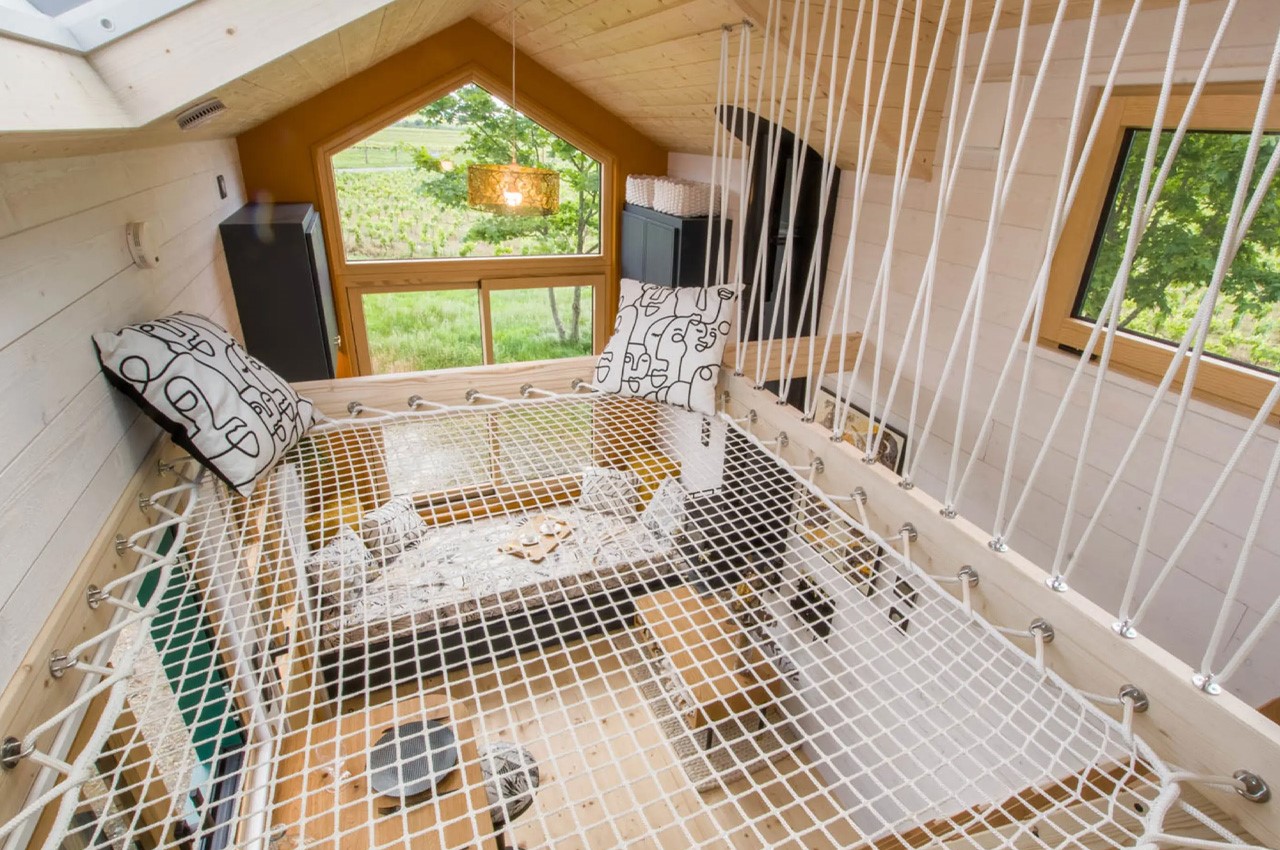
04. Maximize Vertical Space
When floor space is limited, think vertically. Maximizing vertical space is essential in a tiny home, and it can be achieved through creative shelving, hanging storage, and lofted areas. This approach helps keep your belongings accessible while maintaining an open and airy feel.
Vertical storage can take many forms. Floating shelves, pegboards, and hanging baskets are excellent for storing kitchen utensils, tools, and even plants. Lofted areas can serve as additional sleeping quarters or cozy reading nooks. By utilizing the full height of your space, you expand your storage capacity without crowding your living area.
An often-overlooked aspect of vertical storage is the aesthetic element. Vertical arrangements draw the eye upward, creating the illusion of a taller, more spacious room. This visual trick can make your tiny home feel much larger than it is, enhancing both functionality and design.
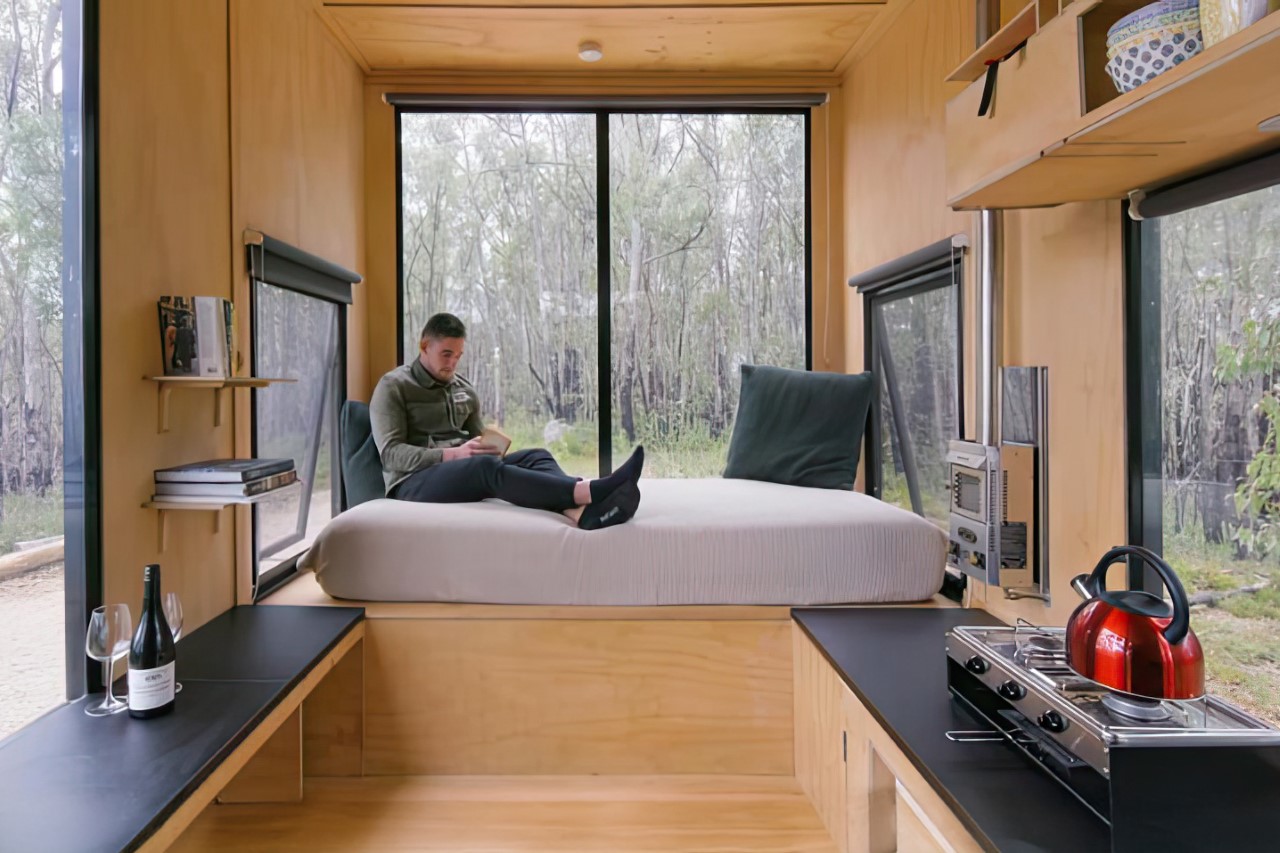
05. Adopt a Minimalist Aesthetic
A minimalist aesthetic is perfectly suited for tiny homes. It focuses on simplicity, clean lines, and a restrained color palette, creating a serene and uncluttered environment. This design approach not only makes your space feel larger but also promotes a sense of calm and order.
Start by decluttering ruthlessly. Keep only the essentials and items that bring you joy. Choose furniture with sleek designs and avoid ornate details that can overwhelm a small space. Neutral colors and natural materials, such as wood and stone, enhance the minimalist look and add warmth to your home.
Minimalism doesn’t mean your space has to be devoid of personality. Instead, it encourages you to be selective about what you include. Each piece should have a purpose and contribute to the overall aesthetic. This thoughtful curation creates a cohesive and inviting environment, making your tiny home a stylish sanctuary. Remember, minimalism isn’t for everyone. If you can find ways to creatively (and aesthetically) store your belongings, then maximalism may just be your style!
06. Select Timeless and Versatile Pieces
In a tiny home, every piece of furniture and decor must earn its place. Opt for timeless and versatile items that can adapt to various functions and styles. This approach ensures that your space remains relevant and functional as your needs and tastes evolve.
Consider investing in classic furniture designs that never go out of style. Pieces like a well-crafted wooden dining table or a sleek mid-century modern chair can anchor your space and provide long-term value. Versatile items, such as nesting tables or stackable chairs, offer flexibility and can be easily reconfigured to suit different occasions.
Choosing timeless and versatile pieces also reduces the need for frequent replacements, contributing to a more sustainable lifestyle. This focus on quality over quantity aligns with the principles of minimalism and enhances the longevity of your space.
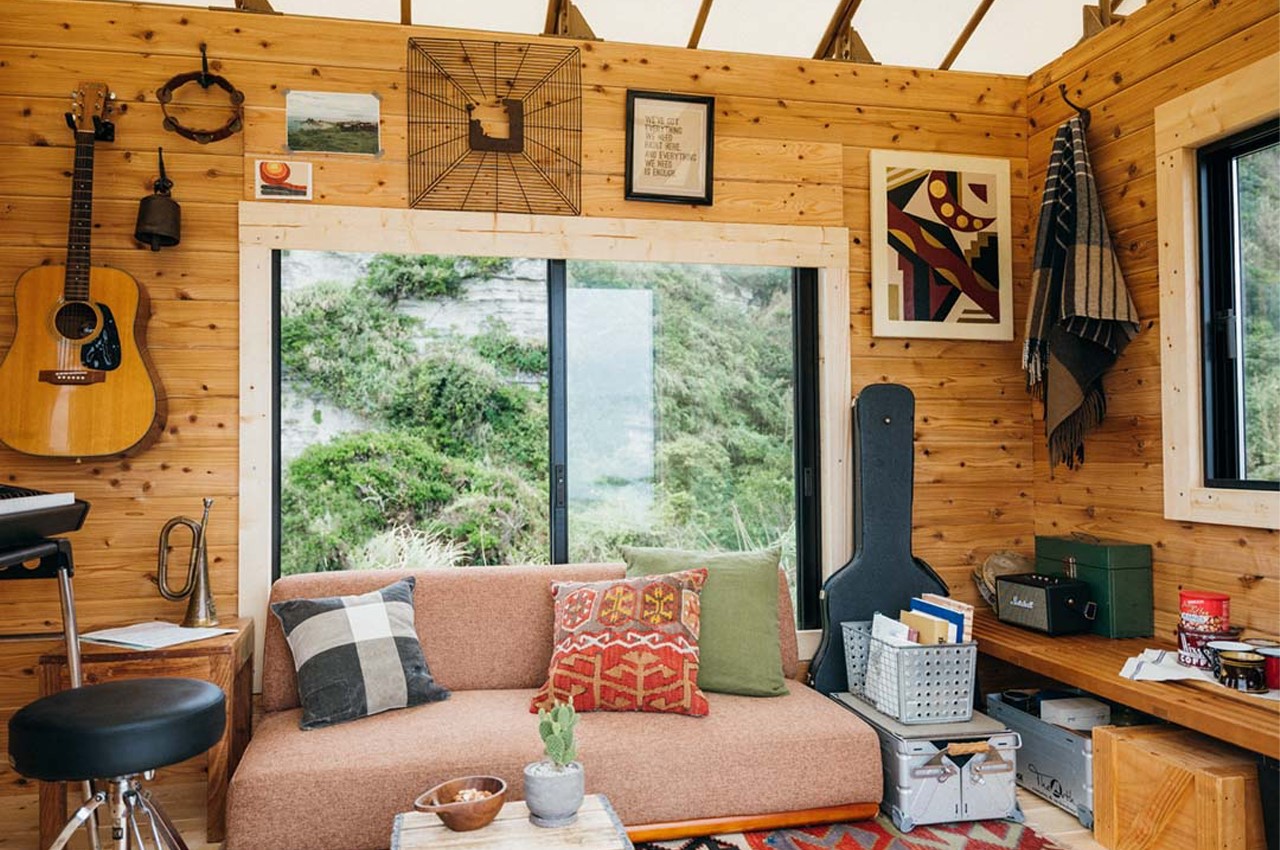
07. Implement Creative Storage Hacks
Innovative storage solutions are essential in a tiny home. Creative hacks can help you organize your belongings efficiently and keep your space clutter-free. These solutions often involve repurposing everyday items or thinking outside the box to find new uses for existing spaces.
Magnetic strips, for example, can be used to store metal kitchen utensils or tools, freeing up drawer space. Pegboards offer customizable storage options for everything from craft supplies to office equipment. Hidden compartments in furniture or behind walls provide discreet storage for valuables.
Another effective hack is the use of hooks and racks. Install them on doors, walls, or even the ceiling to hang items like bikes, bags, and coats. These small changes can significantly increase your storage capacity without compromising on style or space.
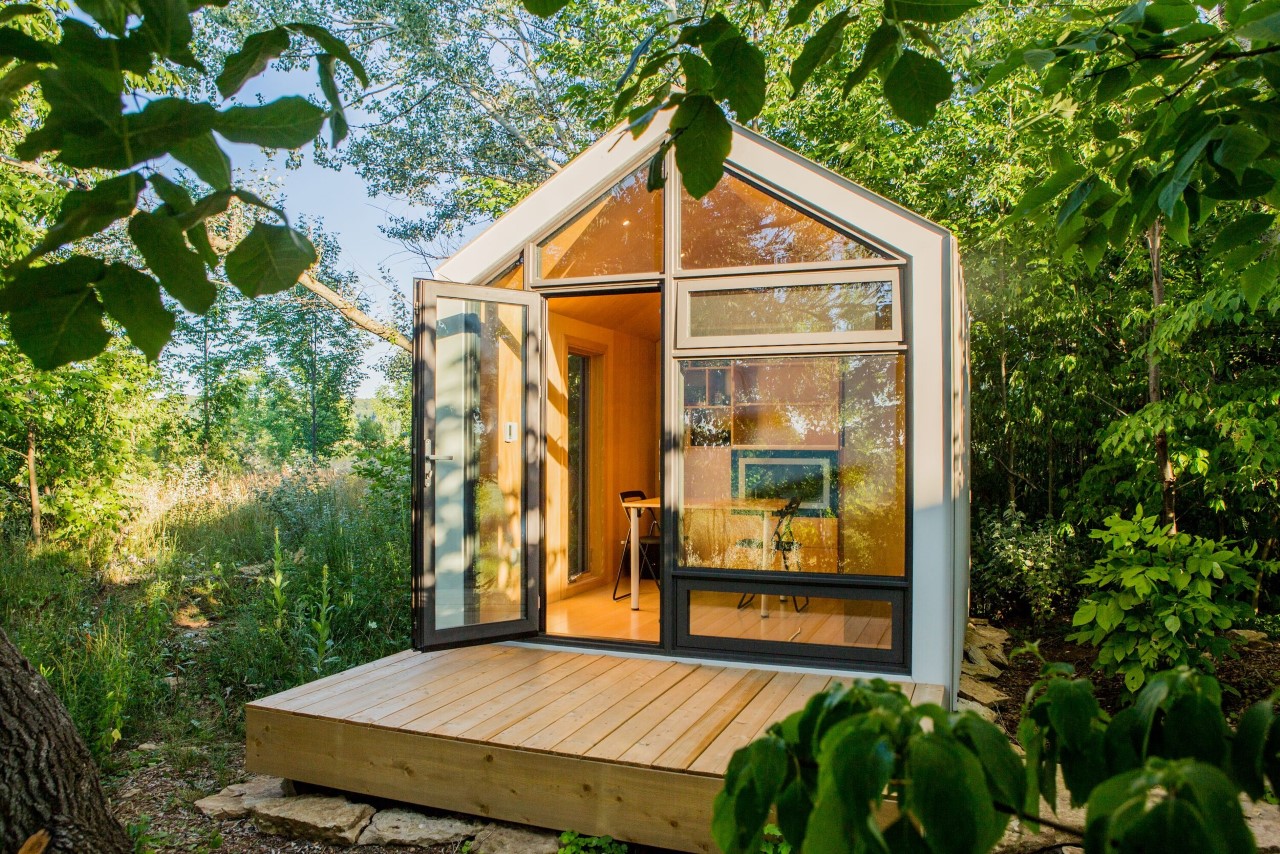
08. Use Natural Light to Your Advantage
Natural light is a powerful tool in making a small space feel larger and more inviting. Designing your tiny home to maximize natural light can transform your living environment, making it brighter and more cheerful.
Large windows, skylights, and glass doors are excellent ways to bring in more light. Reflective surfaces, such as mirrors and glossy finishes, can help bounce light around the room, enhancing its brightness. Light-colored walls and furnishings also contribute to a more open and airy feel.
To make the most of natural light, keep window treatments minimal. Sheer curtains or blinds that can be easily pulled back allow maximum light to enter while providing privacy when needed. This approach not only brightens your space but also connects the indoors with the outdoors, creating a sense of expansiveness.
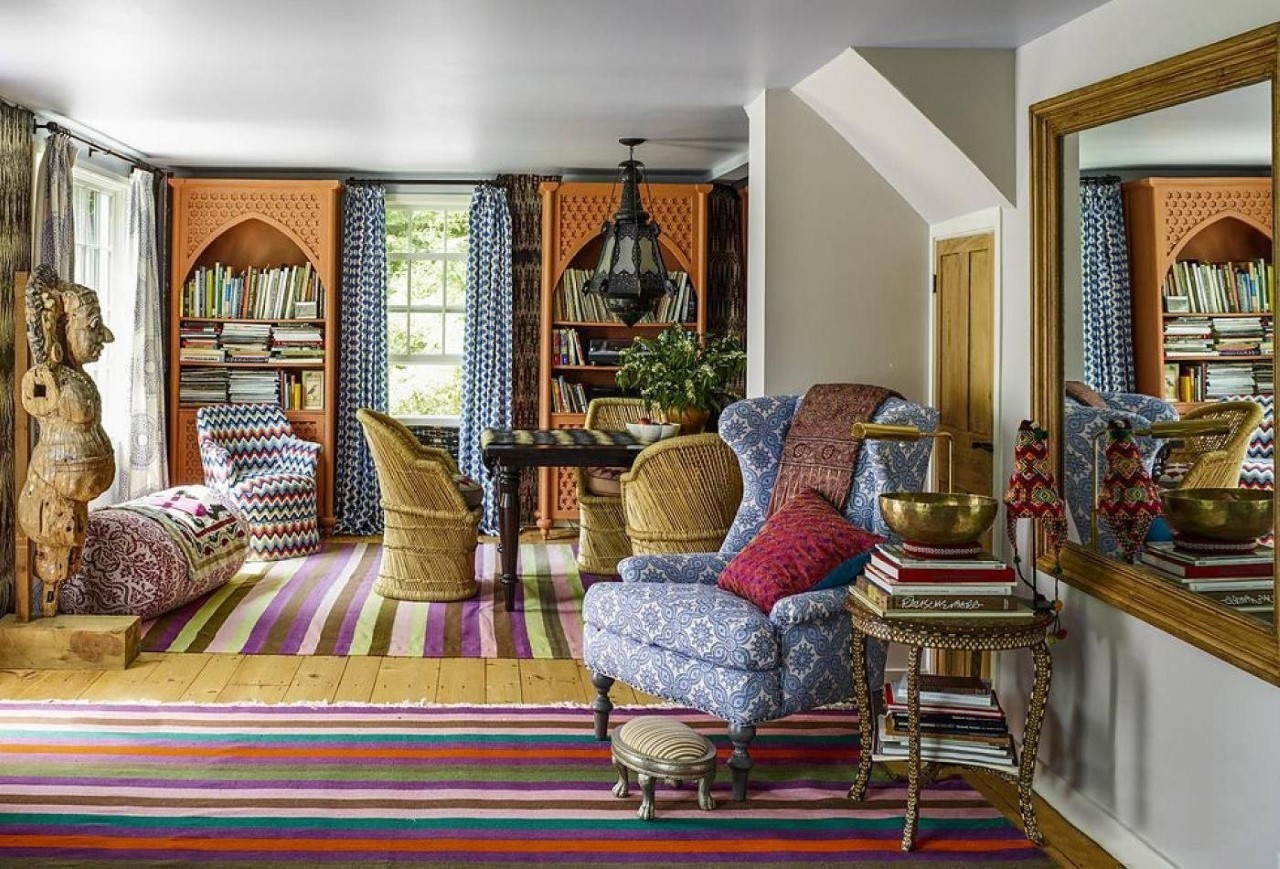
09. Personalize with Art and Textiles
Even in a minimalist tiny home, there’s room for personal touches. Art and textiles are excellent ways to add warmth, color, and personality to your space without overwhelming it. Carefully selected pieces can reflect your unique style and make your home feel truly yours.
Opt for artwork that resonates with you and complements your overall design. A few well-chosen pieces can make a significant impact. Similarly, textiles like rugs, cushions, and throws add texture and comfort. Choose natural materials and patterns that enhance your minimalist aesthetic.
When selecting art and textiles, think about their placement and scale. In a small space, it’s crucial to strike a balance between adding interest and maintaining an open feel. Grouping smaller pieces together or opting for one large statement piece can create a cohesive look.
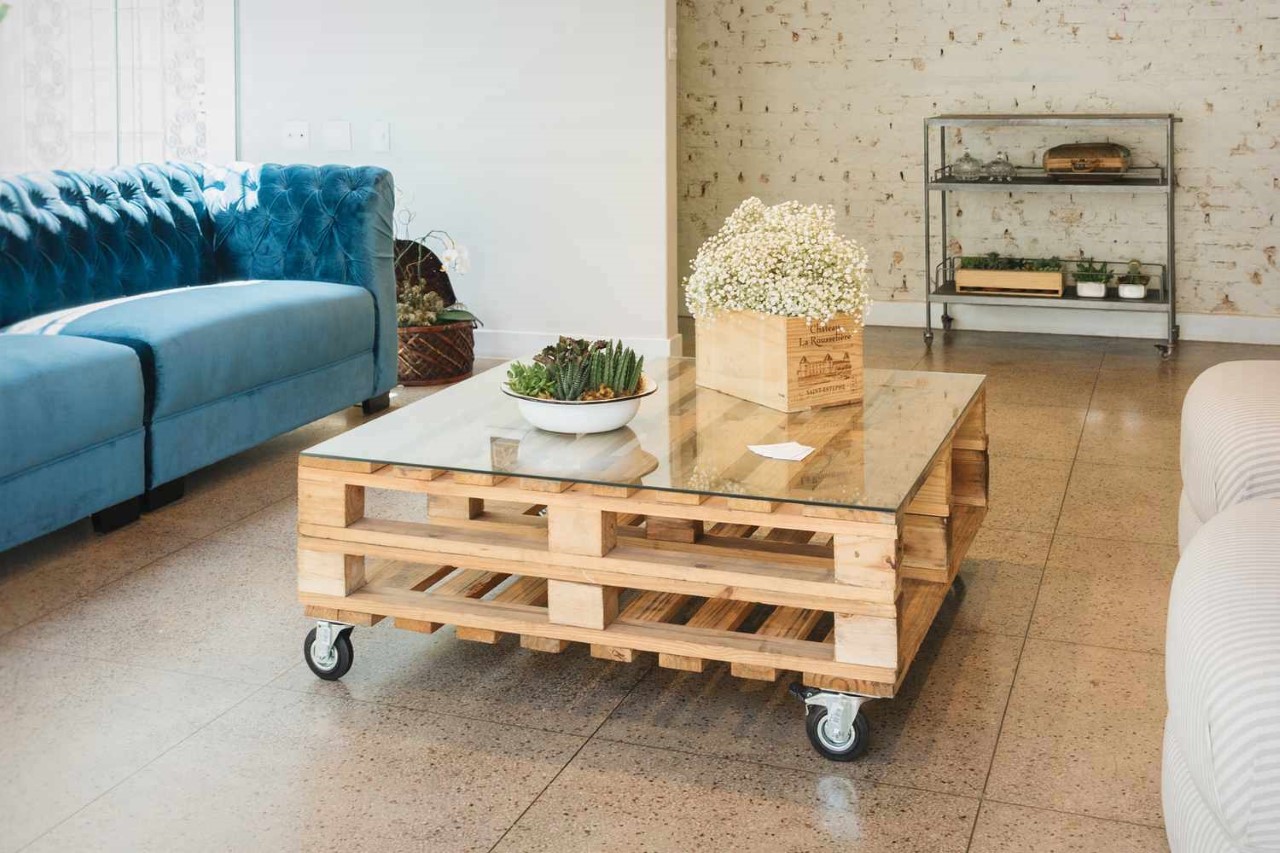
10. Eco-Friendly and Sustainable Choices
Downsizing offers an excellent opportunity to adopt more eco-friendly and sustainable living practices. By choosing sustainable materials and products, you contribute to a healthier environment and create a more responsible living space.
Opt for furniture made from reclaimed wood or other sustainable materials. Incorporate energy-efficient appliances and fixtures to reduce your carbon footprint, rely on solar energy to help save costs while utilizing renewable energy. Efficient LED lighting, low-flow faucets, and energy-saving kitchen appliances are all excellent choices. Additionally, consider incorporating green elements like plants, which improve air quality and add a touch of nature to your home.
Moving into a tiny home requires thoughtful planning and intentional design choices. As you downsize, focus on quality over quantity that will enrich your life while allowing you to turn your home into an extension of your personality.
In the end, downsizing to a tiny home isn’t just about reducing your physical footprint—it’s about simplifying your life and creating a space that reflects your values and supports your lifestyle. With these tips and a little creativity, you can make your tiny home a haven of comfort, style, and efficiency.
Also Read: Ten Things They Don’t Tell You About Tiny Homes

